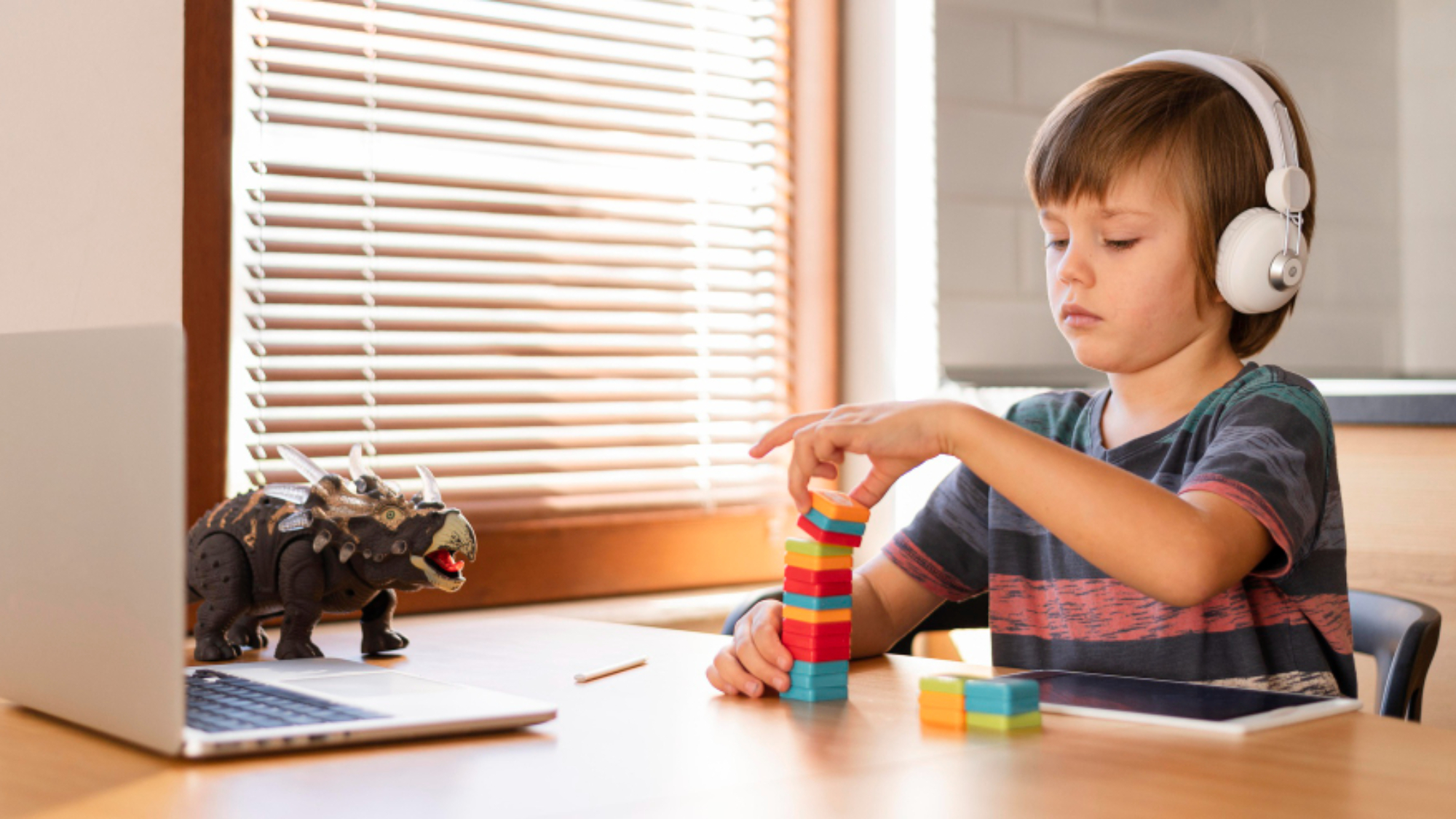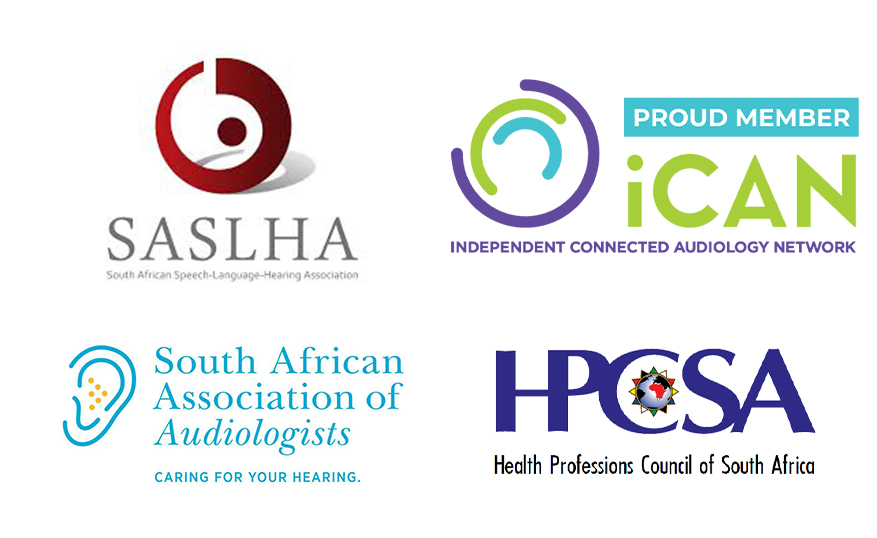Difficulty understanding speech, social isolation, communication difficulties, and socially odd behavior are some of the things that spring to mind in association with hearing loss. Interestingly, the same features are commonly associated with autism spectrum disorder (ASD), which can often make the diagnosis a tricky one.
Autism is defined as a complex neurobehavioral disorder. It is generally characterized by impaired social interaction and a lack of, and/or delay in, the development of communication skills. Autism is commonly referred to as Autism Spectrum Disorder (ASD) because the degree of impairment and functionality differs from person to person. This more correctly describes the multitudinous forms in which the disorder presents itself.
Children with ASD often present with impaired social behaviors, such as the avoidance of direct eye contact or a visible preference to be isolated. They may also display odd behaviours in reaction to a sensory overload (the environment overstimulates their senses), and a seemingly distracted personality. Since these symptoms are similar to what a hearing-impaired child would have, it can sometimes be difficult to distinguish between the two disorders.
In some cases, however, the diagnosis of a hearing loss can be a precursor to another developmental disorder- such as ASD. The Gallaudet Research Institute estimates that as many as 40 percent of children with hearing loss exhibit an additional disability, and estimates the prevalence of ASD among children who have hearing loss to be 1 in 59.
A research study that took place in 2016, found that about half of autistic children have at least one kind of peripheral hearing problem, compared with only 15 percent of their typical peers.
Families often end up seeing numerous professionals and may receive conflicting advice before arriving at the diagnosis of ASD. Given that some symptoms overlap, what are signs that can be looked out for that differentiate autism from hearing loss?
New-born hearing screening is an advanced method used to rule out significant forms of hearing loss at an early age. This can narrow down the diagnosis of autism which can be confirmed at the age of 24 months.
Other symptoms of autistic behavior are:
- Repetitive language or gestures (i.e. rocking, spinning)
- Disinterest in social relationships
- Repeated fixation on particular objects or their minute details
- Repeated hand gestures
- Sitting or standing in odd postures
- Certain environmental stimulation (sounds, lights or texture) cause over sensitivity- referred to as sensory overload
- Lack of imaginative play
- Unawareness of others feelings
- Does not respond well to a disruption in routine
- Banging of the head in response to excitement or sensory overload
The nerves that are responsible for delivering sound to the brain may malfunction (known as auditory processing disorder, APD), making it hard for the child to make sense of what is being said to them. Children with autism also may struggle with other types of sensory experiences, as well, known as multisensory processing disorder.
Autism affects each child differently, including their ability to hear and process sounds.
There is a wide range of how autism affects hearing. An audiologist or specialist in ASD can suggest strategies to help them cope and facilitate communication development. These strategies may include:
- Hearing aids or other amplification devices
- Use of assistive listening devices (ALD)
- Auditory and speech training
- Musical training
- Computer-based tools
- Training with a speech pathologist
The spectrum of ASD is so vast which makes it a continuously researched topic, where health professionals are constantly seeking new developments to improve their understanding of this disorder. If you suspect your child’s hearing is affected by ASD, consult his/her pediatrician and hearing healthcare professionals to who can offer professional advice for the best intervention outcomes.
References:
Classon, D. 24 July 2019. Autism, auditory processing disorder and your child’s hearing health. Retrieved from:https://www.healthyhearing.com/report/52743-Autism-spectrum-disorder-and-your-child-s-hearing-health
Demopoulos, C., & Lewine, J. D. (2016). Audiometric Profiles in Autism Spectrum Disorders: Does Subclinical Hearing Loss Impact Communication?. Autism research: official journal of the International Society for Autism Research, 9(1), 107–120. https://doi.org/10.1002/aur.1495
DeRamus, M. (2015). When It’s More Than Hearing Loss: Be attuned to signs of autism spectrum disorder in children with hearing loss. The ASHA Leader, 20(4), 10-11. Retrieved from:https://leader.pubs.asha.org/doi/10.1044/leader.FMP.20042015.10
Gallaudet Research Institute. April 2011. Regional and national summary report from the 2009–10 annual survey of deaf and hard of hearing children and youth. Available at:
Hear well, live well. 24 August 2020. Autism and hearing loss. Is there a connection? Retrieved from: https://www.hearwelllivewell.com/%EF%BB%BFautism-and-hearing-loss-is-there-a-connection/
Hemavathy, S. CAPAAR. 22 December 2020. Autism and Hearing loss. Retrieved from: https://issuu.com/capaar4autism/docs/autism_and_hearing_loss.pptx
Madhusoodanan, J. 12 August 2020. Confusion at the crossroads of autism and hearing loss. Retrieved from: https://www.spectrumnews.org/features/deep-dive/confusion-at-the-crossroads-of-autism-and-hearing-loss/


